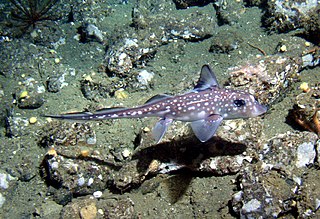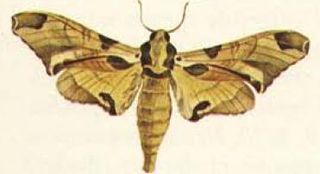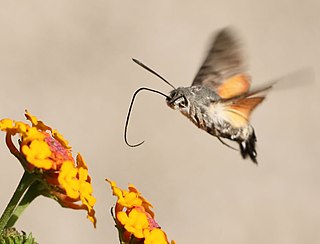Sextus Julius Africanus was a Christian traveler and historian of the late-second and early-third centuries. He is important chiefly because of his influence on fellow historian Eusebius, on all the later writers of Church history among the Church Fathers, and on the whole Greek school of chroniclers.

Johannes Leo Africanus was an Andalusi diplomat and author who is best known for his 1526 book Cosmographia et geographia de Affrica, later published by Giovanni Battista Ramusio as Descrittione dell'Africa in 1550, centered on the geography of the Maghreb and Nile Valley. The book was regarded among his scholarly peers in Europe as the most authoritative treatise on the subject until the modern exploration of Africa. For this work, Leo became a household name among European geographers. He converted from Islam to Christianity and changed his name to Johannes Leo de Medicis. After he returned to North Africa in 1528, Leo reverted back to Islam.
Howard Hayes Scullard was a British historian specialising in ancient history, notable for editing the Oxford Classical Dictionary and for his many published works.

Australopithecus africanus is an extinct species of australopithecine which lived between about 3.3 and 2.1 million years ago in the Late Pliocene to Early Pleistocene of South Africa. The species has been recovered from Taung, Sterkfontein, Makapansgat, and Gladysvale. The first specimen, the Taung child, was described by anatomist Raymond Dart in 1924, and was the first early hominin found. However, its closer relations to humans than to other apes would not become widely accepted until the middle of the century because most had believed humans evolved outside of Africa. It is unclear how A. africanus relates to other hominins, being variously placed as ancestral to Homo and Paranthropus, to just Paranthropus, or to just P. robustus. The specimen "Little Foot" is the most completely preserved early hominin, with 90% of the skeleton intact, and the oldest South African australopith. However, it is controversially suggested that it and similar specimens be split off into "A. prometheus".

Proconsul is an extinct genus of primates that existed from 21 to 17 million years ago during the Miocene epoch. Fossil remains are present in Eastern Africa, including Kenya and Uganda. Four species have been classified to date: P. africanus, P. gitongai, P. major and P. meswae. The four species differ mainly in body size. Environmental reconstructions for the Early Miocene Proconsul sites are still tentative and range from forested environments to more open, arid grasslands.

Laelius de Amicitia is a treatise on friendship (amicitia) by the Roman statesman and author Marcus Tullius Cicero, written in 44 BC.

Asinus is a subgenus of Equus that encompasses several subspecies of the Equidae commonly known as wild asses, characterized by long ears, a lean, straight-backed build, lack of a true withers, a coarse mane and tail, and a reputation for considerable toughness and endurance.

Malacoctenus is a genus of labrisomid blennies native to the eastern Pacific Ocean and the Atlantic Ocean.

Monochamus is a genus of longhorn beetles found throughout the world. They are commonly known as sawyer beetles or sawyers, as their larvae bore into dead or dying trees, especially conifers such as pines. They are the type genus of the Monochamini, a tribe in the huge long-horned beetle subfamily Lamiinae, but typically included in the Lamiini today.

Phacochoerus is a genus in the family Suidae, commonly known as warthogs. They are pigs who live in open and semi-open habitats, even in quite arid regions, in sub-Saharan Africa. The two species were formerly considered conspecific under the scientific name Phacochoerus aethiopicus, but today this is limited to the desert warthog, while the best-known and most widespread species, the common warthog, is Phacochoerus africanus.

Hydrolagus is a genus of fish in the family Chimaeridae found in the Atlantic, Indian and Pacific Oceans.

Africanus Horton is a circular impact crater on Mercury. It was named by the IAU in 1976, after Africanus Horton, a Creole African nationalist writer and an esteemed medical surgeon in the British Army from Freetown, Sierra Leone.

Batocnema is a genus of moths in the family Sphingidae first described by Walter Rothschild and Karl Jordan in 1903.

Smerinthini is a tribe of moths of the family Sphingidae. The genus was erected by Augustus Radcliffe Grote and Herbert C. Robinson in 1865.

Macroglossini is a tribe of moths of the family Sphingidae described by Thaddeus William Harris in 1839.

Macroglossum is a genus of moths in the family Sphingidae. The genus was erected by Giovanni Antonio Scopoli in 1777.

Batocnema coquerelii is a moth of the family Sphingidae. It is known from Madagascar, the Aldabra Islands and the Comoro Islands.

Jordanoleiopus is a genus of beetles in the family Cerambycidae, containing the following species:
Eudryoctenes is a genus of longhorn beetles of the subfamily Lamiinae, containing the following species:
Eudryoctenes spinipennis is a species of beetle in the family Cerambycidae. It was described by Stephan von Breuning in 1978.















